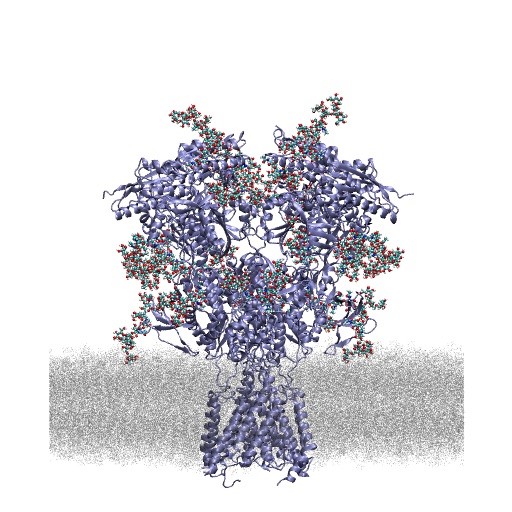Many neurological diseases such as Alzheimer’s Diseases, Parkinson’s Disease, ALS, and Huntington’s Disease share a common feature at the molecular level: they involve not some invasion of a foreign pathogen as in infectious disease or over zealous growth as in cancer, but the very fact that the proteins involved in these diseases cannot assemble — they cannot “fold.”
Moreover, not only do they not fold, but the misfold and these misfolded elements are toxic and lead to the neurodegeneration that is the hallmark of these diseases. Studying folding and misfolding are two sides of the same coin in a sense, i.e. understanding when nature works well and when it doesn’t.
![By MethoxyRoxy (Own work) [CC BY-SA 2.5], via Wikimedia Commons](https://foldingathome.org/wp-content/uploads/2016/09/Pyramidal_hippocampal_neuron_40x-610x465.jpg)
Another widespread cause of neurological disorders is a disruption in conformational transitions in proteins in the brain. In order to work, proteins often have to assume different shapes (called conformations) at different moments in time. Each conformation in this case is perfectly folded. What changes is how often and how fast does a protein jump from one conformation to another. We can model conformational transitions – and disruptions in them – on Folding@home, too!
NMDA receptor is one of the most important proteins in the brain (picture below). It is an ion channel that sits in the cell membrane. When it opens, it allows ions to flow into and out of a neuron. When it closes, it doesn’t. This is a key actor in how our memory forms and how we arrive at abstract concepts. When NMDA receptors open too frequently, it may lead to epilepsy, Alzheimer’s, Parkinson’s, and worsen the brain damage after a stroke. Conversely, when NMDA receptors open too rarely, this may lead to schizophrenia and other diseases. Based on computations on Folding@home, we have discovered a new mechanism of control of conformational transitions in NMDA receptors, and our collaborators confirmed it in experiments. We continue to study this system, so you can expect more news about NMDA receptors to follow!

